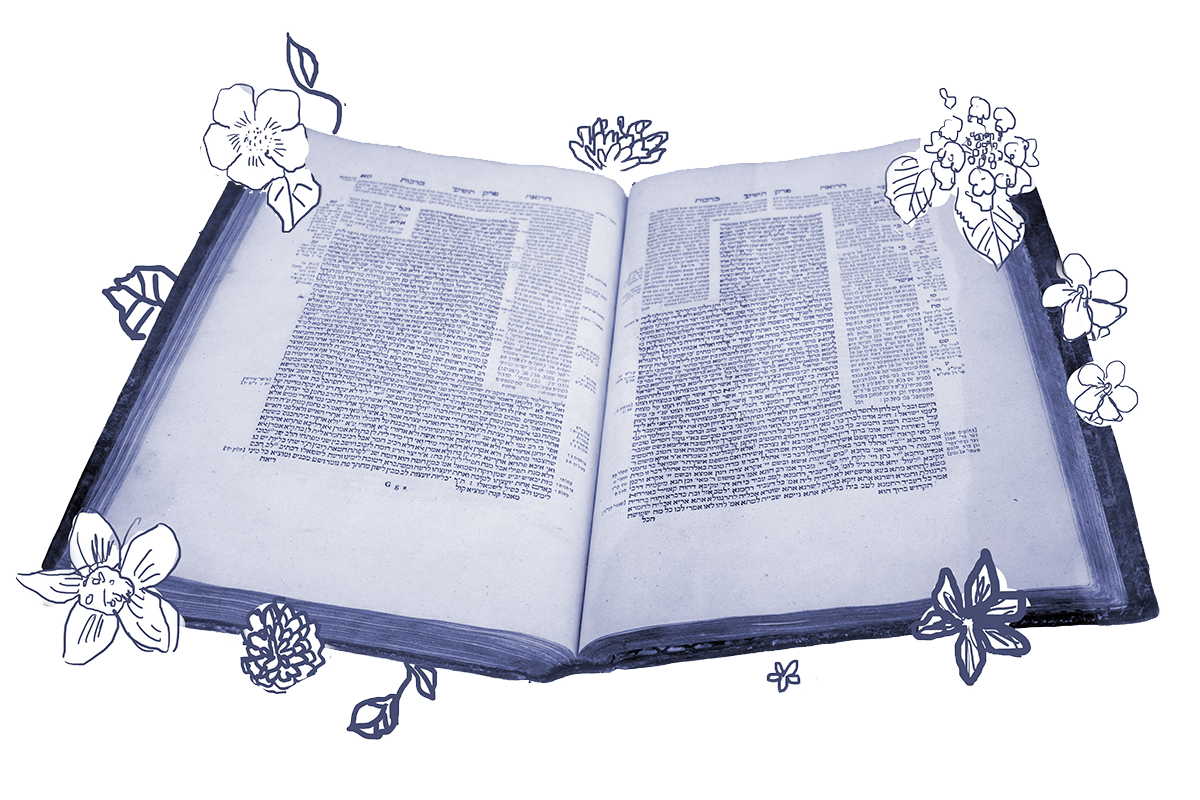In the midst of a multi-page exploration of a person’s genealogical status and the bearing of that status on their prospects for marriage, we find a discussion about how to verify which of two male twins is the firstborn:
Rav Nahman says: Three are deemed credible with regard to stating that a child is a firstborn, and they are: A midwife, his father and his mother. A midwife is deemed credible only immediately; his mother is deemed credible all of the first seven days after his birth; his father is deemed credible forever. As it is taught in a beraita: “But he shall acknowledge the firstborn” (Deuteronomy 21:17), the sages said the father shall acknowledge him to others.
According to the Torah, a man’s firstborn son (bechor) is entitled to inherit a double portion of his father’s estate. The relevant passage, Deuteronomy 21:15–17, rules that if a man marries two women, one loved and one unloved, and the unloved one gives birth to a son first, that son nonetheless inherits the birthright. Here on our daf, though, the situation is different: rather than two mothers giving birth to two boys over a period of time, this mother has just given birth to twins, the elder of whom must be identified. At that moment, there are only two people who really know which baby is the elder and which one is the younger: the mother who has just given birth, and the midwife who delivered the babies.
The Torah itself relates a story in which a midwife was instrumental in determining which of two twins was firstborn. Genesis 38:27–30 describes a midwife delivering Tamar’s twins and tying a string around the hand that appears outside the birth canal first in order to properly identify the bechor. This proves particularly important since that baby, Peretz, retracts his hand and emerges fully only after his brother, Zerach.

Help us keep Jewish knowledge accessible to millions of people around the world.
Your donation to My Jewish Learning fuels endless journeys of Jewish discovery. With your help, My Jewish Learning can continue to provide nonstop opportunities for learning, connection and growth.
After the midwife goes home, the mother’s testimony about which twin is firstborn is accepted for the first seven days, and the father’s thereafter. According to Rashi, the assumption is that a newborn baby in its first week of life is together with its mother 24/7 and therefore she can easily identify each twin (maybe with the help of a string). Rashi further imagines that the father might not pay attention to which newborn is which until it’s his responsibility at the baby’s brit milah, circumcision. On that day, the baby and his mother are separated for the first time, and the father takes over as the primary guardian of his son’s birthright.
The commentators are not unanimous on this timeline. Maimonides states that the father’s testimony about which son is older is believed even immediately, on the day of the birth (Hilchot Nachalot 2:14). (Maybe the fact that Maimonides is a doctor colors his view about whether fathers can recognize individual babies as well as mothers.) The Taz (Turei Zahav, a 17th century commentator on the Shulchan Aruch) agrees and says that the father is believed immediately if he states that he is sure which one is the elder (Even HaEzer 4:20). As to the mother’s credibility, the Taz says that she’s believed because we have no reason not to believe her — after all, along with the midwife, she’s the only one who was there. After the first week, though, the commentators revert back to the biblical standard: The father is the one whose testimony counts.
There’s another practical reason to consider the testimony of the women — the midwife and the mother — more authoritative on the day of the birth. It’s almost certain that the rabbinic-era father would not have been in the room at the moment of birth, because coming into contact with the ritual impurities surrounding the birthing mother would have been forbidden under the laws of family purity. In fact, this is one of only a handful of situations in which a woman’s testimony is considered authoritative, and according to the commentators it’s because we have to take their word for it in the absence of men in the birthing room.
Today, identifying which twin is older is easier given the presumptive documentation that comes with births that take place largely in hospitals and birthing centers with midwives, nurses, doctors and their computers in attendance. And, like the midwife that delivered Tamar, it’s common to tag babies with a bracelet — though these days it’s more likely to be made of plastic. But as we are all too aware, mistakes might happen in the hospital or, far worse, tragedy may still strike, separating infants from their parents and obliterating elements of their identities, in our time as in the time of the rabbis living and writing in a dangerous world 2,000 years ago. In such cases, Jewish law has a mechanism for identifying them when they are (God willing) reunited with their people.
Read all of Kiddushin 74 on Sefaria.
This piece originally appeared in a My Jewish Learning Daf Yomi email newsletter sent on October 26th, 2023. If you are interested in receiving the newsletter, sign up here.



